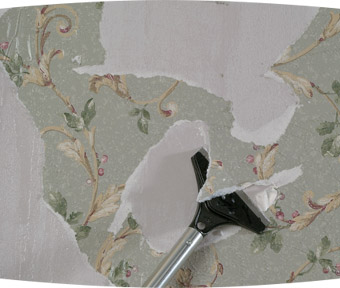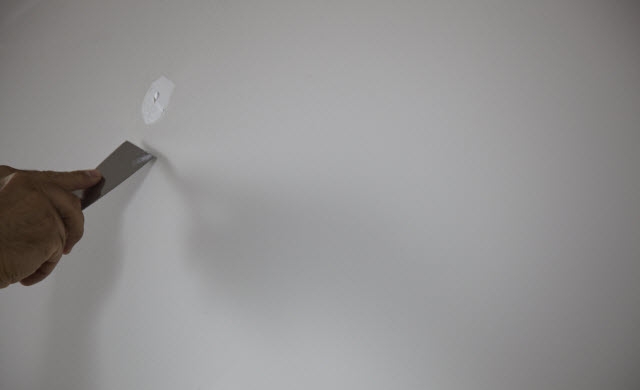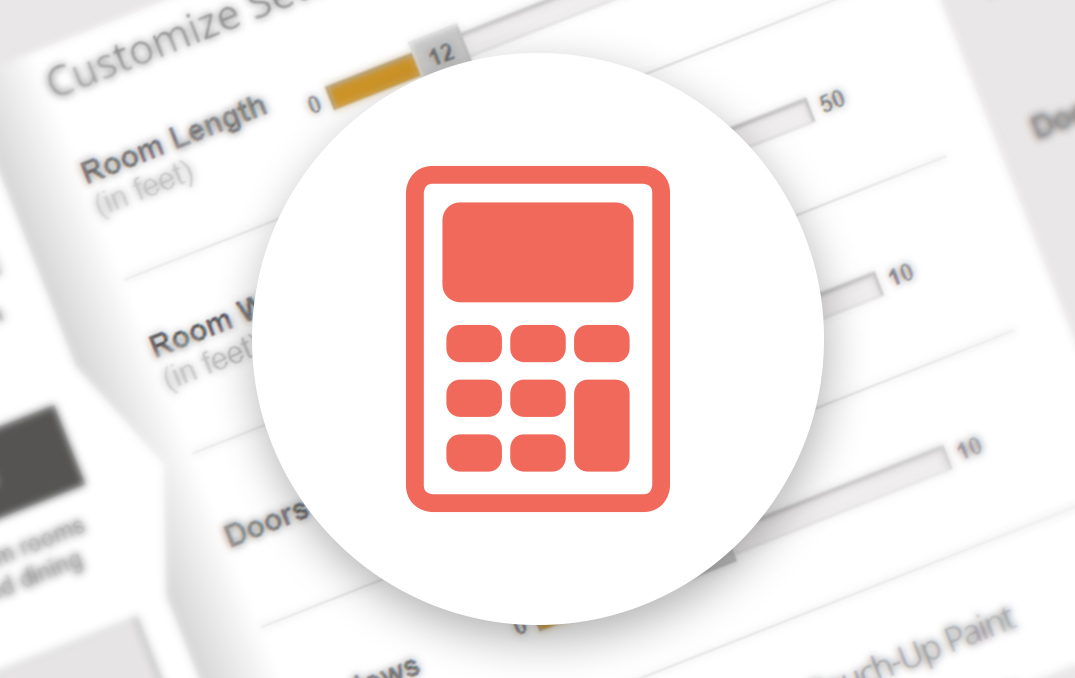
How to Repair a Hole


For a beautiful, clean look, patch any holes in your walls before you apply a fresh coat of paint.
For Best Results:
Refer to the how-to for guidance on repairing holes in your walls.
- Vinyl Gloves
- Ladder
- Patching Material
- Protective Apparel
- Putty Knife
- Rags
- Sandpaper (100, 220 Grit)
- Self-Adhesive Wall Patch
-
Step 1
Using 100-grit sandpaper, lightly sand the damaged area. Sand 4"-6" beyond the perimeter of the hole as well. Remove any dust or debris with a lightly water-dampened rag.
-
Step 2
Cover the hole with an appropriately sized self-adhesive wall patch and press firmly.
-
Step 3
Using a putty knife, apply 4 inches of patching material around the perimeter of the wall patch. Allow it to dry.
TIP: To create an even surface, always smooth out (feather) the patching material 2.54 - 5.1 cm beyond the patched area.
-
Step 4
Again using a putty knife, apply patching material over the repaired area and feather it 15 - 20 cm beyond the edges. Allow it to dry.
-
Step 5
Use 220-grit sandpaper to smooth the patched area and make it even with the surface.
TIP: Take care not to sand completely through the patching material as damage to the patch can occur.
-
Step 6
Remove any final dust or debris from the finished repair.
TIP: If retexturing of the surface is necessary, choose a finish that will match the existing surface. Textured ceiling/wall patch kits are available in aerosol and powder forms. Follow the manufacturer's recommendations for application.

PAINT AND STAIN CALCULATOR
Inside or outside; paint or stain: Let’s figure out how much you’ll need to make amazing happen.
Calculate
ASK AN EXPERT
Every project is unique: Keep small wrinkles from becoming big problems by letting the Behr Technical Experts lend a hand.
Get Expert Help
COLOUR STUDIO
So many colours and so many ideas: Visit Behr’s Colour Studio for inspiration, colour tools, design advice and everything you need to find your project’s perfect colour.
Colour Studio Back to Interior Painting How-To's
Back to Interior Painting How-To's







